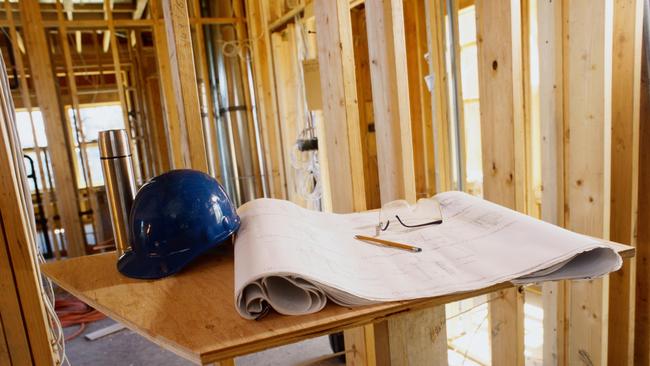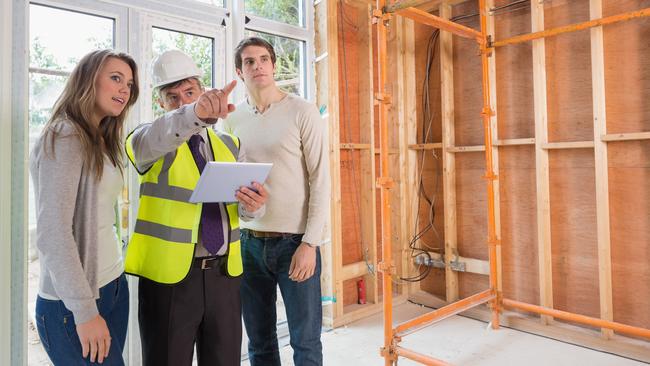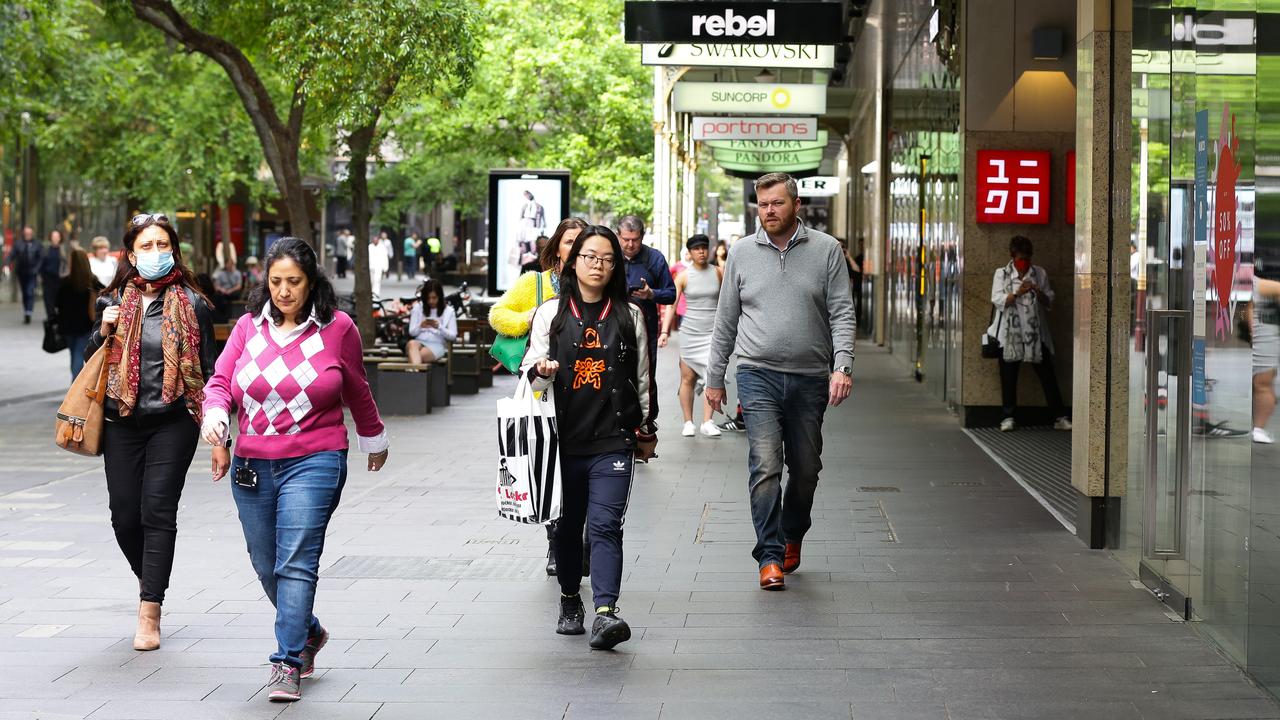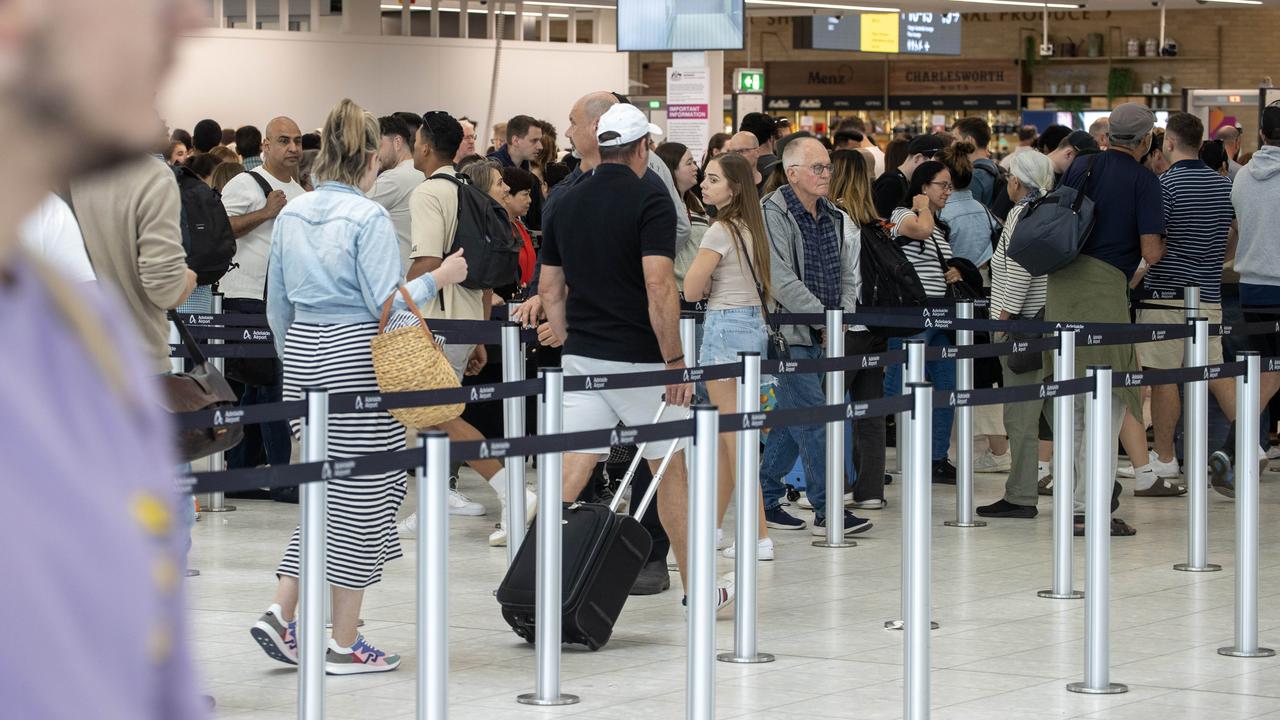Building industry could face wave of company collapses as stimulus winds back
Many residential construction companies are facing a bleak future with forecasts of a wave of collapses.

Residential construction companies, buoyed by government assistance in the wake of the coronavirus pandemic, will face severe cash flow problems once the schemes are wound back, potentially sparking a record number of company collapses, according to a leading industry group.
The Association of Professional Builders has forecast that by early 2022 the industry will be hit by a “perfect storm” which will put cash-strapped builders under severe stress.
Construction marketing specialist and co-founder of the APB Russ Stephens said government initiatives will see most residential builders through to the end of 2021, boosted by an “unprecedented” spike in activity.
However, he said the end of the JobKeeper payments will drive unemployment higher and new home builds will likely to dry up with the end of HomeBuilder which will put pressure on builders’ cash flow by next year.
“Finance will also be harder to obtain, with 40 per cent of mortgagees already in mortgage distress and a significant number of them expected to default once the mortgage holidays are over,” he said.
“These factors will lead to less demand for residential construction and will come after a boom time which has generated high positive cash flow for builders and created a significant spike in their work in progress accounting adjustment (WIPAA) liability.
“Once the market softens those builders that are unaware of this hidden liability will find there is not enough cash coming in to cover the debt that has been previously created.
“Builders will start to experience severe cash flow problems as soon as sales stop growing, which we anticipate will be the case in early 2022.”
Mr Stephens said while the market can change quickly with new government policies he believes a record number of building collapses early next year was “definitely on the cards”.
He said the industry has other problems with more than a third of builders they surveyed not understanding the difference between mark-ups and margins.
“When sub-contractors put up their rates and suppliers increase the price of materials, builders on fixed contracts will see their margins squeezed,” he said.
“They see that they have money in the bank but they don’t understand they’re not making any money even though they’re busier than ever. All that comes home to roost when the market slows.”

However, CreditorWatch chief economist Harley Dale said that while the residential building industry will face challenges in 2021 it’s not to the magnitude faced by other sectors.
“CreditorWatch has been on record saying there will be a considerable number of insolvencies but you won’t see the tsunami of insolvencies that people feared in the middle of 2020,” he said.
“But you will see a lot of business who have been shielded by government support who will not be able to pay debt when that support is removed. And residential construction is part of that, although you might see them hold on longer than other industries.
“Unfortunately by late 2021 and early 2022 we will see a considerable number of residential construction companies in a situation that they are no longer commercially viable.
“The question is do we have a cliff looming where all of a sudden we have a whole heap of businesses falling over? You’d hope that as we move from into 2021 that the residential construction industry can negotiate with creditors in a simpler and better way that may mean they won’t jump off a cliff although we will still see significant insolvencies.”

Data collected by residential construction software provider Buildxact in its latest Residential Activity Report has found a ramping up of activity in the sector with profit margins remaining steady in the three months to September while the total value of quotes rose by 42.7 per cent.
Western Australia, Northern Territory and Queensland experienced very high increases in quote volumes, NSW was recorded as high while South Australia and Victoria had slight increases and Tasmania decreased.
While the total number of new build and renovations increased in September when compared to August, the number of jobs won fell back to April levels, However at 2.8 jobs won per builder it remained above the monthly average for 2020.
Master Builders QLD deputy chief executive Paul Bidwell said he expected with the extension of the HomeBuilder scheme to the end of March, that building activity to taper off in the last quarter of 2021.
“So what happens in 2022 is a bloody good question. All of the experts, the Reserve Bank and others are quite optimistic about housing mostly because of the low interest rates,” he said.
“It all depends on what happens COVID-19 vaccine and the return of international tourism and students. But while there are always businesses getting in strife but we don’t see a tsunami of collapses in the residential sector at all. While there are a lot of unknowns we are not thinking that will be an outcome.”





